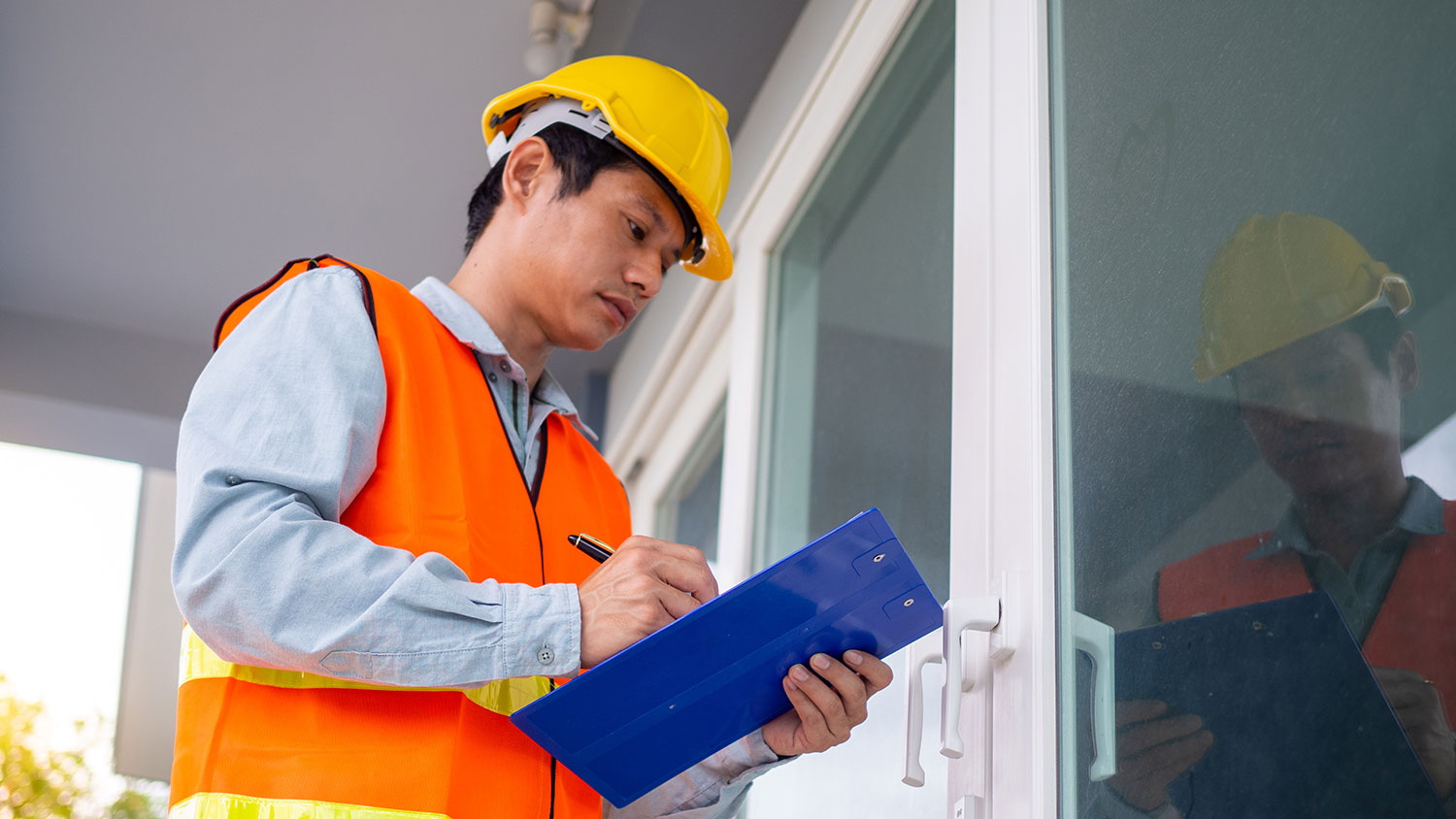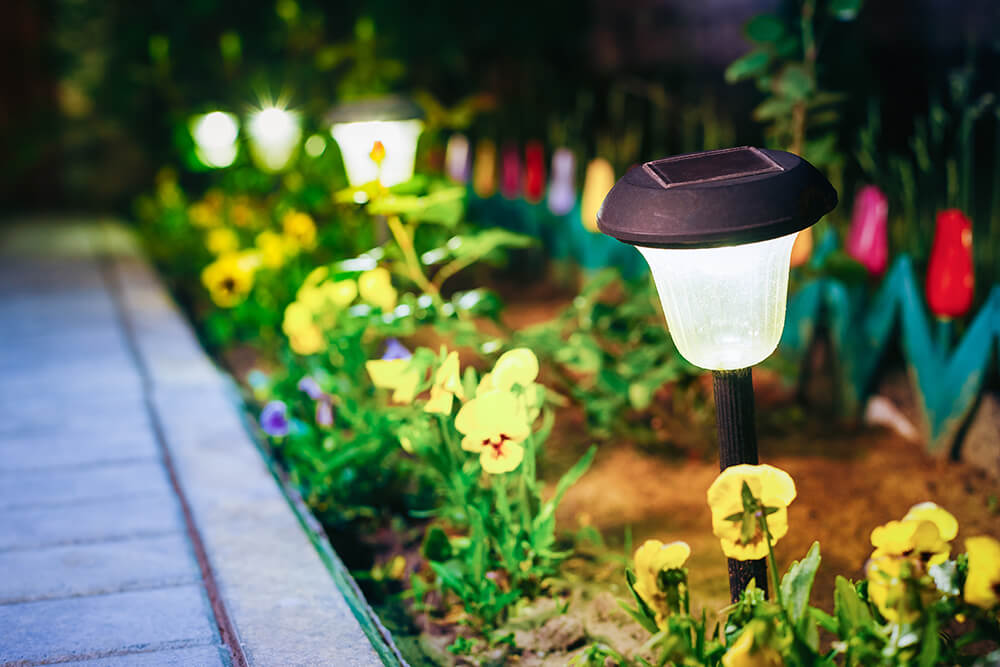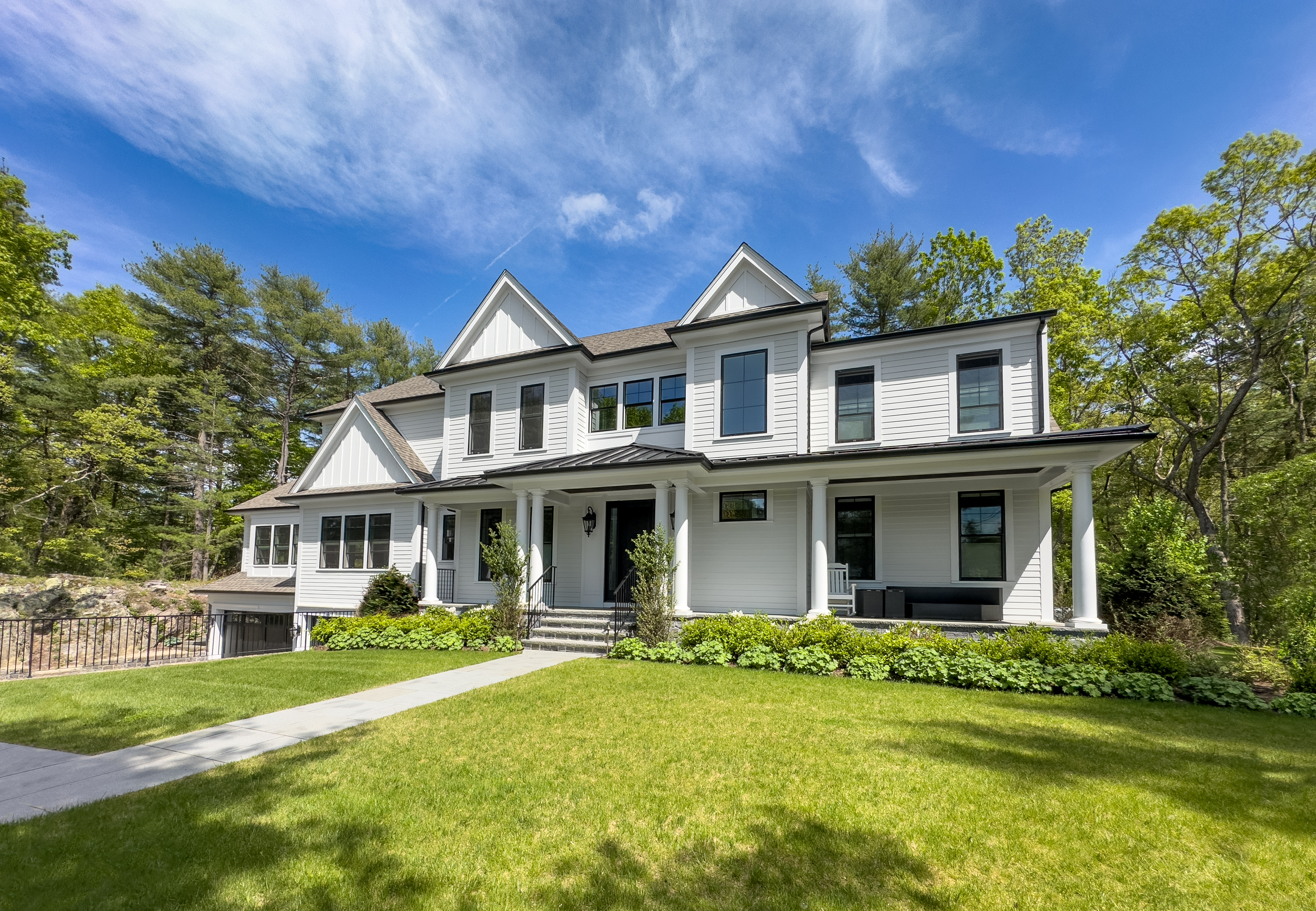
Discover the average home energy audit cost, what impacts pricing, and how to save money on your audit. Get transparent, expert-backed cost info for homeowners.
Lower utility bills and your carbon footprint by reducing power use at home


It’s easier than you might think to reduce power consumption at home. Whether you need to lower your electric bill each month or you’re concerned about your household’s carbon footprint, lessening energy use can help. Follow these tips to help save energy, money, and the planet.
Vampire power is sucking energy, even when you aren’t using certain electronics. When you leave devices plugged in, even when they aren’t charging or in use, they will still suck up energy. That means you’re paying for electricity that isn’t even being used, so it’s important to identify the biggest energy hogs in your home.
When you leave the TV plugged in while you go on vacation or your computer monitor on when you aren’t working, these devices are still consuming power. Energy waste via vampire power can account for in your home.
If you love to crank up the AC when the weather just begins to warm up, you’re in for a rude awakening when that electric bill comes. Air conditioning is one of the biggest sources of energy consumption in homes. To reduce power demand, leave the air conditioner off for as long as possible.
There are plenty of other energy-efficient ways to keep cool, like pulling the window shades or turning on ceiling fans. When you can’t stand the heat any longer, try leaving the AC set to 78 degrees Fahrenheit for optimal comfort and minimal energy demand.
The same goes for turning up the heat in colder months. The higher the heat, the more energy needed to warm the house. Set the temperature to 68 degrees Fahrenheit in the colder months, and you can even set it a few degrees lower when you’re out of the home or asleep.
Turning the AC or heat to these recommended temperatures can save you up to 10% on electricity bills yearly.
It’s the oldest trick in the book of ways to save energy and reduce your energy bills. Even your kids might remind you now and again to shut off those lights when you leave the room. Practice this regularly to make it a habit and reduce power usage.
If shutting off the lights when you leave a room just doesn’t stick, there are also smart lights and light switches on the market these days. These lights allow you to control them via a smartphone app or voice-controlled device.
Speaking of lights, switching out older bulbs for LEDs will also reduce power demand. LED bulbs for residential use can save 75% of the energy that incandescent bulbs use. Best of all, LED bulbs also last up to 25 times longer, so you’ll spend less money replacing them over time.
The most eco-friendly thing to do is to use your appliances for as long as they are in working order. But if it’s time for an upgrade, spend the higher upfront cost and invest in energy-efficient appliances.
Shop for Energy Star-certified products by looking for the yellow and black Energy Guide label. Savings will vary depending on how many energy-efficient appliances you install, but the program saved consumers a total of $23 billion in energy costs in 2019 alone.
If you’re on a budget, you might consider focusing on purchasing Energy Star appliances to replace the most energy-intensive items at home. Consider hiring a local home energy auditor to see where you can save energy and money.
While you might yearn for a simpler time, it’s hard to argue with the convenience that modern technology affords us. If you want to reduce power usage, add smart plugs to your home. These handy devices insert into outlets, allowing you to plug other devices into the smart plugs.
Then, you can control just about anything in your home from an app. That means you can shut things off when they aren’t in use, further reducing any chance of vampire power.

Lights can act as guides along outdoor paths, provide safety features, and add ambiance to outdoor spaces like gardens, walkways, and patios. But why choose lights that you have to plug in when you can use lights powered with free energy?
With solar-powered lights, you don’t have to stress about hiding cords or weatherproofing the bulbs and plugs. Instead, these lights simply absorb energy from the sun during the day and use that energy to light up at night.
Even if you set your AC or heat to optimal energy-saving temperatures, they can still waste energy if your home isn’t properly insulated. Insulation helps keep interior temperatures comfortable and prevents indoor air from seeping outside and vice versa.
You’ll also want to ensure you aren’t losing cool air or heat through your windows. If you have old windows, consider upgrading to energy-efficient models. Double- or triple-glazed windows can further prevent energy waste, and they have the bonus of providing better soundproofing.
If you aren’t ready to replace your windows with an energy-efficient remodel, check that your current windows are properly sealed or weatherstripped, especially during the hottest and coldest days of the year.
It takes additional energy to heat the water in our homes; in fact, water heating accounts for about 18% of home energy use. If you just can’t start your day without a steaming hot shower, then it might be time to install a more efficient water heater to reduce power use at home. More efficient models include tankless or electric water heaters.
You don’t have to replace your water heater to make it more efficient, though. You can also turn down the thermostat of the water heater, so the water that comes out of the faucets and showerheads is set to a lower temperature. You can also insulate your water pipes or simply use less hot water to reduce energy consumption.
From average costs to expert advice, get all the answers you need to get your job done.

Discover the average home energy audit cost, what impacts pricing, and how to save money on your audit. Get transparent, expert-backed cost info for homeowners.

A home energy audit is a detailed write-up of how to lower your utility bills and increase your comfort level. Find out if they’re worth the cost.

Get a detailed breakdown of thermal imaging home inspection costs, including average prices, cost factors, and tips to help homeowners budget.

Home energy audits can identify ways to make your home more energy-efficient. Learn whether an energy audit is a good investment for your home.